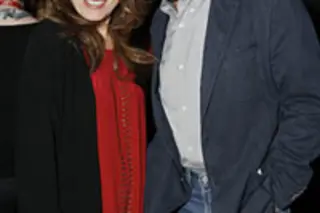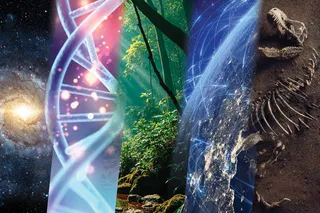“First we build the tools, then they build us.” —Marshal McLuhan
It is a stiflingly hot summer day in Atlanta. Scientist and physician Philip Kennedy has a packed schedule, so he suggests that I interview him while he drives to the tiny town of Bowdon, Georgia, just east of the Alabama line. It’s a journey he takes every Memorial Day to a small cemetery.
We park behind the redbrick Sandy Flat Baptist Church. The sun is blazing overhead, the glare from the white gravel parking lot almost blinding. But Kennedy knows exactly where he’s going. He quickly walks through the simple graves carpeted by carefully tended grass, then stops and bends down. Visibly moved by private thoughts, the scientist touches a simple headstone and leaves beside it a tribute he wrote for the man buried here, a man he calls a hero.
Johnny Ray, who died on this date six ...












